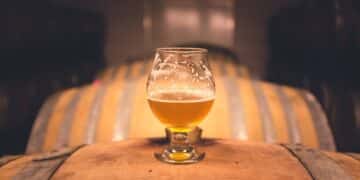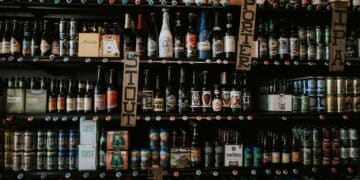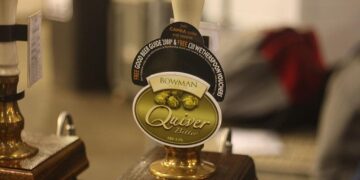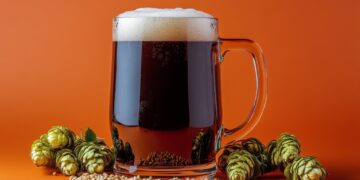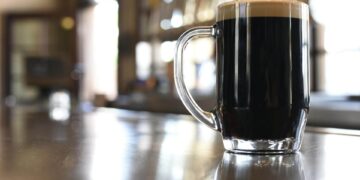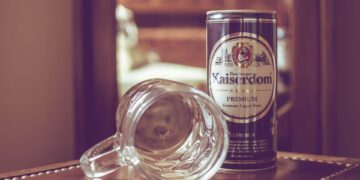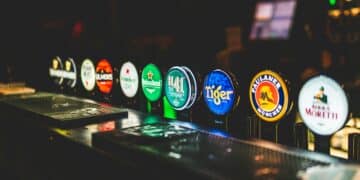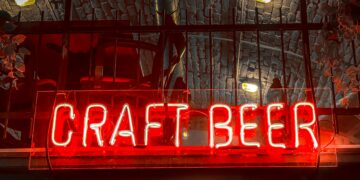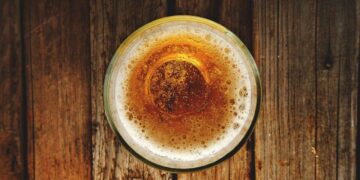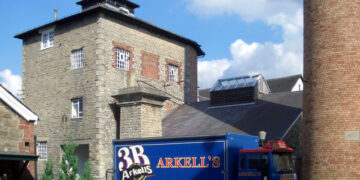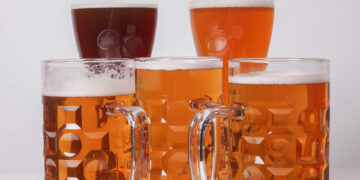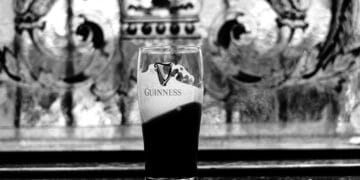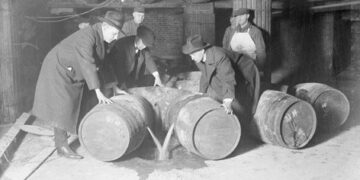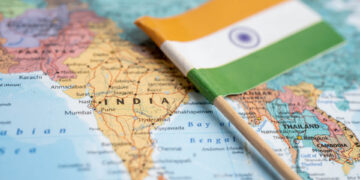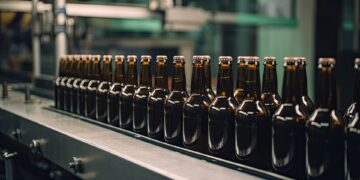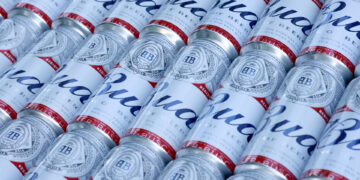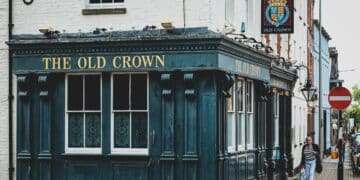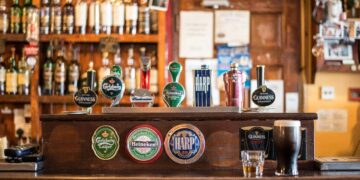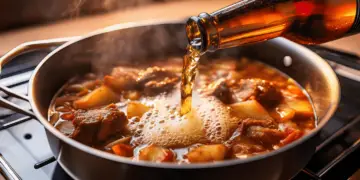One of Britain’s most popular beer styles, India Pale Ale’s name harks back to a time when it was produced to quench the thirsts of Brits abroad in the Indian subcontinent.
The Popular Story
Although better known today as IPA, its full title of India Pale Ale is an evocative and eccentric moniker, conjuring up the exoticism of Britain’s colonial past while at the same time prompting confusion – it isn’t actually an ale at all, but rather a bitter beer.
The familiar story of how India Pale Ale came into existence is similarly misleading. Brits stationed in colonially ruled India were prevented from enjoying their beloved beer because any attempts to ship beer out to the Indian sub continent invariably resulted in spoilage due to the long voyage and torrid climate – that is until George Hodgson set about creating a special pale ale that was both high in hops and alcohol to enable it to withstand the Indian heat and rocking motion of the sailing ships. India Pale Ale was born! As ever the truth is somewhat less cut and dried.
The New Export
It was during the late 18th century, at the Bow Brewery near East India Docks, that George Hodgson and his son Mark are said to have first developed a high hopped pale ale specifically for export to colonial India through the East India Company in London. This new export version was said to differ from normal pale ale because of additional dry hops added to the barrel of the finished beer, which, in combination with the preservative qualities offered by the pale malt, helped to stabilise the beer. It is commonly thought that a high alcoholic content also helped preserve the beer but, by the standards of the day, the export pale ale wasn’t particularly heady.
Contrary to the popular history of IPA, Hodgson & Co was not the first brewer to successfully export beer to the East Indies or likely the first to even export pale ales there, nor was he the first to brew a pale ale high in hops. What is unquestionable, however, is that Hodgson defined and popularised the style that later became known as the India Pale Ale.
Hodgson’s Pale Ale
The combination of the pale malt and high hop content produced a distinctive bitter taste that proved to be an excellent thirst-quencher in the tropical climate and helped make the style an immediate success with the British population of India. The beers that had been exported up until that point – such as porters and strong beers – would not have had the same shelf life or provided the same level of refreshment.
Hodgson’s Pale Ale dominated the Indian market for several decades and its status as the ‘original’ helped it develop a reputation that is believed to have exaggerated the actual quality of the product. This proved a barrier for other beers hoping to join what had become a lucrative market, but what made matters worse was that Hodgson & Co actively pursued a monopoly of the trade.
This came to a head in 1821 when, as demand continued to rise, Hodgson & Co was accused of exploiting its control by restricting the supply of IPA in order to achieve high prices. What’s more, attempts by rival brewers to introduce their own beer into the market prompted Hodgson to use such scare tactics as sending out much larger shipments at reduced prices. Unhappy with Hodgson’s unethical exploits, legend has it that an East India Company director took action by seeking out competition in the brewing mecca of Burton-on-Trent.
Burton Imitation
The East Midlands town was a natural choice to brew the export beer. Its hard, flinty and salt-rich waters had helped establish it as a major brewing centre, and the Burton brewers were already known for their export trade to places like Russia and the Baltic states. But with these European trade routes having collapsed, local brewers were desperate for a new export market.
Invited to imitate Hodgson’s pale ale, the revered brewer Samuel Allsop rose to the challenge and eventually succeeded in gaining a foothold in the Indian market. Within ten years the big Burton brewers of Bass, Salt and Worthington had followed suit and were all brewing their own heavily hopped, bronze-coloured ales for export to India.
IPA in the Domestic Market
Back in Britain, the export pale ale did not escape the attentions of the domestic market. By the 1840s this specialist beer had attracted a burgeoning following, wooed by its clarity, bitterness and refreshing character, which set it apart from the dark milds, porters and stouts of the day. What’s more, as a more exclusive and expensive drink, the pale ale gave the middle classes a beer that differentiated them from the working rabble. It was only during this time when the beer started to take off in Britain that the beer became popularly known as India Pale Ale.







